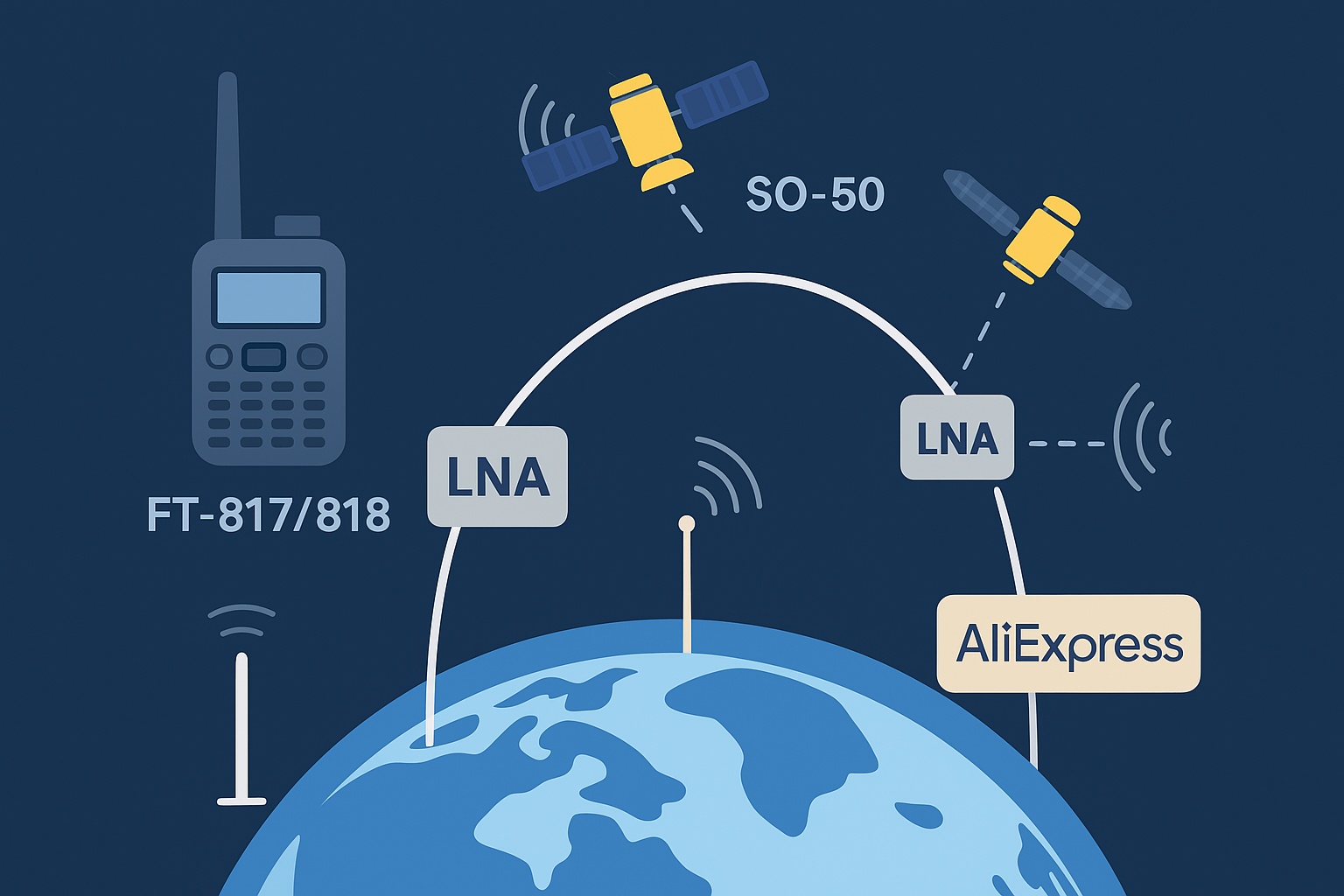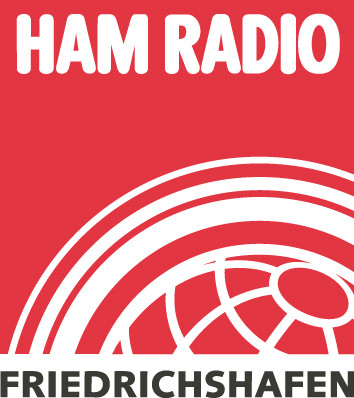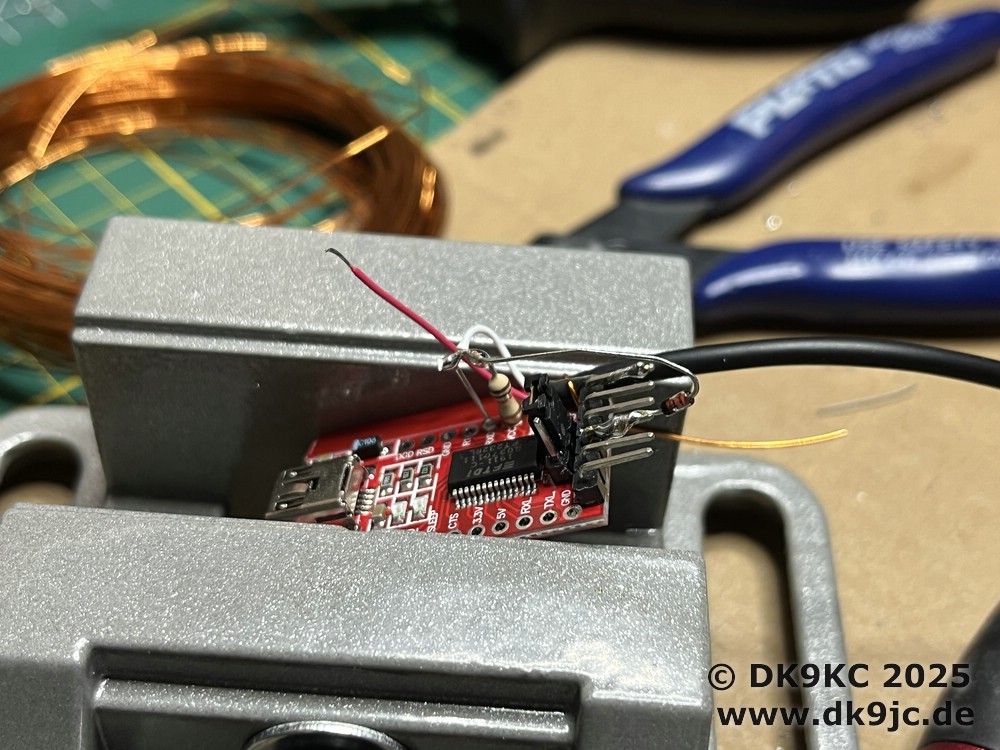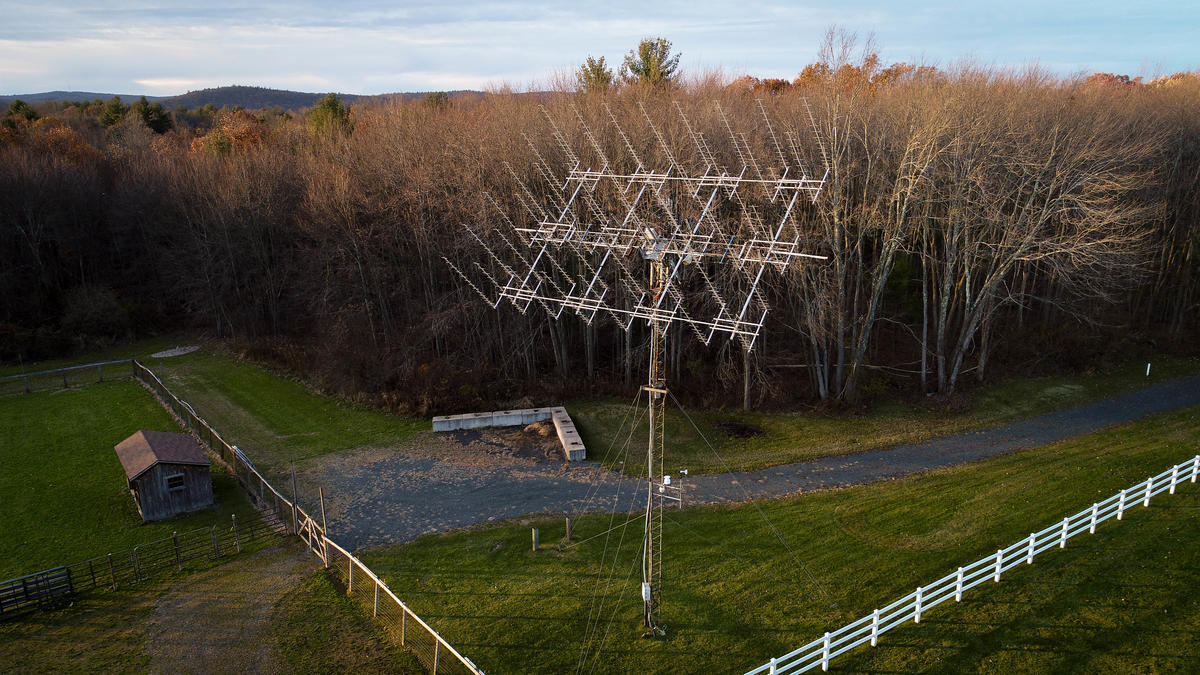Affordable LNAs for Satellite Operation – First Impressions and Ongoing Tests
Introduction
Working LEO satellites with small portable rigs is a lot of fun. Radios like the Yaesu FT-817/818 and the Icom IC-705 are extremely popular because they are lightweight, cover both 2 m and 70 cm, and are easy to use in the field.
But there is a catch: their receivers are not very sensitive on VHF and especially UHF. On weak satellite downlinks, this lack of sensitivity becomes a real problem. That is why external Low Noise Amplifiers (LNAs) are so valuable.
In this article, I want to share my first tests with inexpensive Chinese LNAs from AliExpress. These are globally available, very low cost, and could help hams everywhere — including those in developing countries — to improve their satellite reception dramatically.
This article will be continuously updated as I test more LNAs and collect measurement results.
Why LNAs Matter for LEO Satellites
When receiving weak downlink signals, the noise figure (NF) of the receiver is critical. A lower NF means that the signal is more audible above the noise floor. Unfortunately, the portable radios we love are not strong performers here.
Icom IC-705
Independent lab tests (VA7OJ/AB4OJ) measured:
- 144 MHz: NF = 17 dB (Preamp OFF), 6 dB (Preamp ON)
- 432 MHz: NF = 19 dB (Preamp OFF), 7 dB (Preamp ON)
So even with the internal preamp enabled, the IC-705 still sits at 6–7 dB NF — not great for weak satellite signals.
Yaesu FT-817 / FT-818
Reliable NF numbers are harder to find. Based on sensitivity specs and user reports, their performance appears similar to the IC-705 — “deaf” without a strong external preamp.




